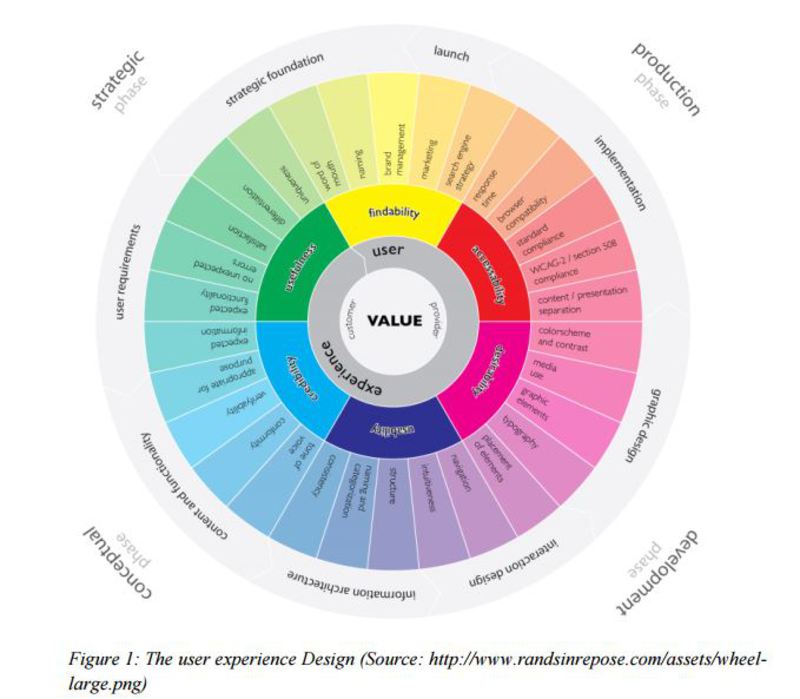D2.1 User requirements, Part 1
To create a well-functioning user-oriented portal for climateclimate
Climate in a narrow sense is usually defined as the average weather, or more rigorously, as the statistical description in terms of the mean and variability of relevant quantities over a period of time ranging from months to thousands or millions of years. The classical period for averaging these variables is 30 years, as defined by the World Meteorological Organization. The relevant quantities are most often surface variables such as temperature, precipitation and wind. Climate in a wider sense is the state, including a statistical description, of the climate system. observations and projections data and an impact  indicator toolbox, detailed knowledge of user requirements and regular feedback from users on prototypes of the portal is needed. This report analyses experiences with user consultation and engagement, and users’ data preferences developed in earlier and ongoing projects and initiatives. These experiences show difficulties in effectively engaging users in a sustained manner. This document discusses the essenceessence
indicator toolbox, detailed knowledge of user requirements and regular feedback from users on prototypes of the portal is needed. This report analyses experiences with user consultation and engagement, and users’ data preferences developed in earlier and ongoing projects and initiatives. These experiences show difficulties in effectively engaging users in a sustained manner. This document discusses the essenceessence
Ensemble SimulationS of Extreme weather events under Nonlinear Climate changE is a project that is conducted to explore the changing climate and its variability. A large-member ensemble of runs with a state-of-the-art climate model is performed to investigate the range of possible future climate change. Read more on ESSENCE of the knowledge gathered in other projects on how to engage the users, and to a lesser degree, specific user needs of climate and climate impacts data and a climate and climate impacts data service infrastructure. 11 Projects have been reviewed in detail and another 55 projects and initiatives have been quickly scanned.
In the review four potential user categories have been considered:
A: Climate scientists
B: Impact researchers
C: Intermediary organisations (or “boundary workers”)
D: Societal end users
Definitions of these categories are provided in chapter 2.
Informed on the one hand by the available experiences from earlier and ongoing user consultation initiatives, and expectations about what CLIPC will offer on the other hand, Categories A,B and C are considered priority user groups for the CLIPC project. Category D is assumed to be reached primarily via intermediary organisations, like consultants, environmental protection agencies, research institutions involved in policy support. Within the three priority categories, most of the interaction will be with those users who are relatively easy to consult, which include potential users who are already part of the CLIPC consortium, those who are involved in related projects, and those which have European networks involved in European adaptationadaptation
The process of adjustment to actual or expected climate and its effects. In human systems, adaptation seeks to moderate harm or exploit beneficial opportunities. In natural systems, human intervention may facilitate adjustment to expected climate and its effects. and climate servicesclimate services
Climate services involve the production, translation, transfer, and use of climate knowledge and information for decision making, policy and planning.
The provision of climate information (observational, forecasts or projections) in a way that is relevant to climate-sensitive users, can inform decisions and can reduce the risk of misinterpretation. development.
A strategy for user consultation is outlined for categories A, B, and C. The approach and activities depend on the level of involvement in and the relationship with the CLIPC project. The potential users of categories A, B, and C already involved in the CLIPC project and those who are involved in related projects will be consulted through a combination of interviews and online questionnaires. Potential users from categories A, B, and C, who are not part of the CLIPC network will be reached through sessions and lectures at conferences and workshops organized independent of CLIPC. Included in the consultation strategy is the establishment of consultation or user panels representing potential users from categories A-C and who are already involved in the CLIPC project and/or in related projects. While users from category D will not be excluded from the user engagement activities if they express interest, CLIPC will not develop a major outreach initiative to engage them, due to the very large number and variety of potential end users, whom in practice often receive their information through the other categories. The CLIPC user consultation and engagement strategy will focus on the quality and relevance of the CLIPC European portal in the English language and will not involve specific case studies or climate data tailoring activities which would require intensive interactions at a local level.